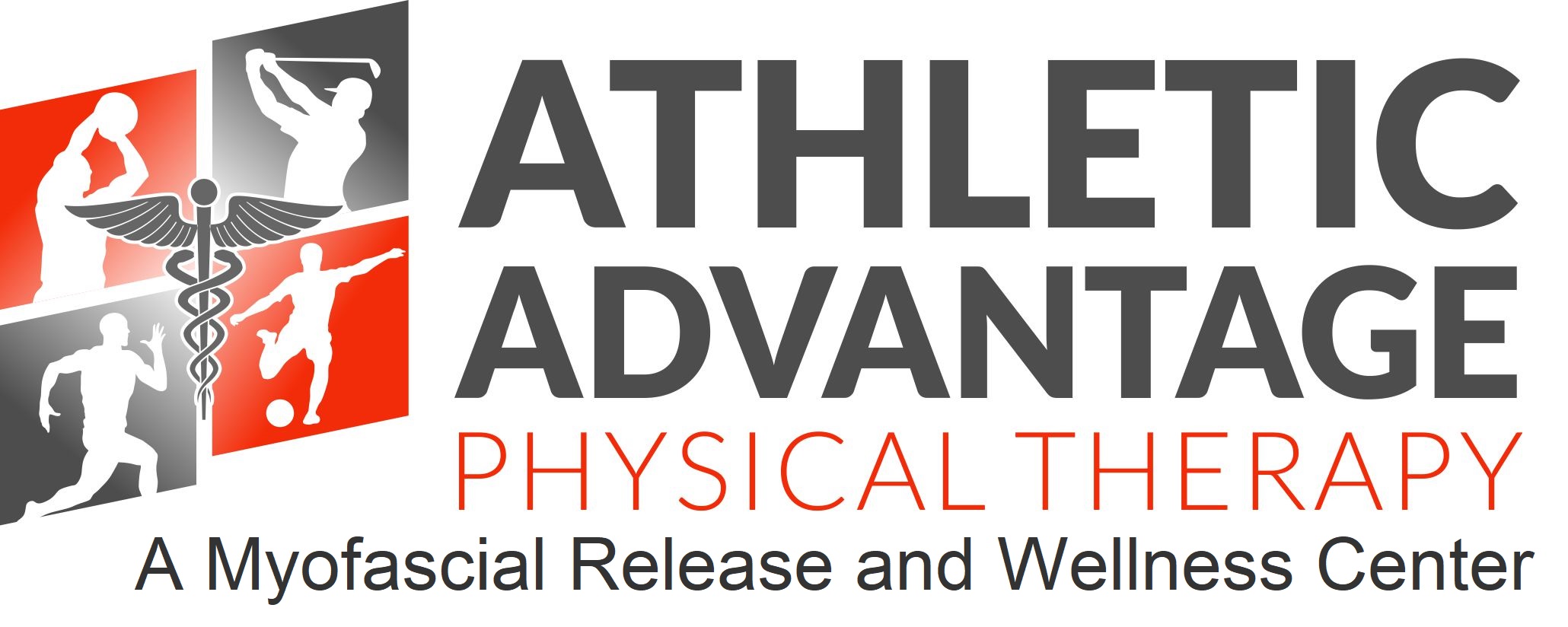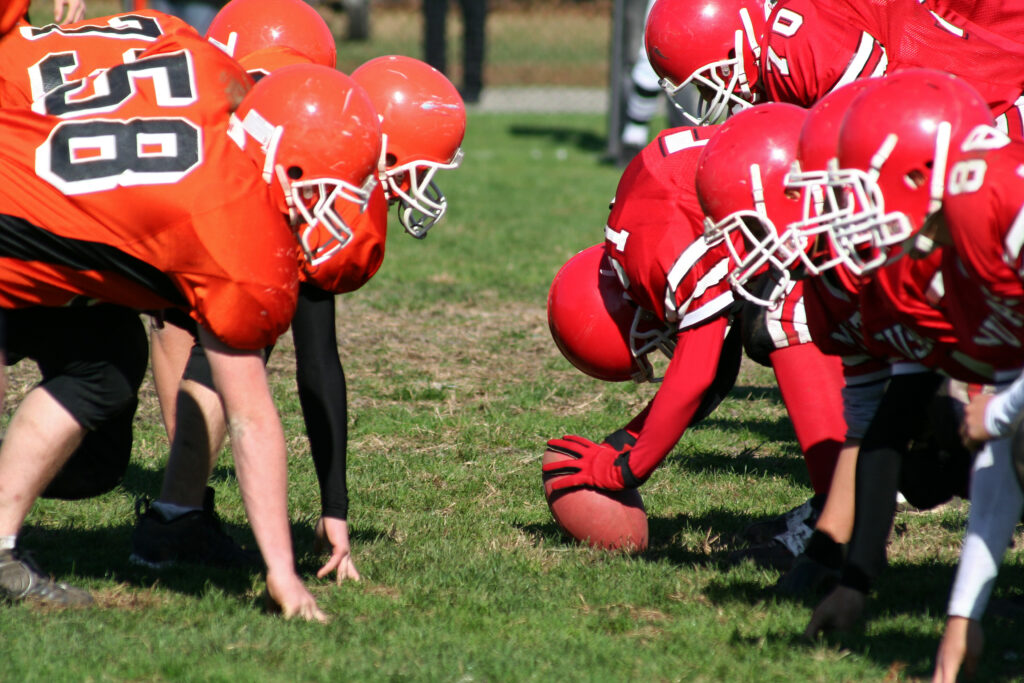Hamstring strains are an extremely prevalent injury across many sports and commonly result in athletes taking time away from training to recover. Athletes participating in sports involving high-speed sprinting and kicking (such as soccer, football, track, and dance) are especially vulnerable to injury because of the substantial demands these activities place on the hamstring muscles. Athletes who sustain a hamstring strain have a 1 in 3 chance of experiencing a re-injury. This high re-injury rate is thought to be related to insufficient rehabilitation, premature return to play or a combination of both of these factors. Re-injury is a significant problem because it typically results in more lost play time and further athlete frustration. Below, we will explore the current research available on hamstring strain rehabilitation as well as the most appropriate time to return to sport after injury.
Rehabilitation and Strengthening Phases
Rehabilitation after a hamstring strain is usually divided into three different phases. The first phase typically lasts for a few days and is focused on protecting the injured hamstring muscle. Athletes typically perform a gentle range of motion and coordination exercises while avoiding isolated hamstring strengthening and excessive hamstring stretching during this time. The second phase lasts a variable length of time and is focused on slowly increasing strength and enhancing trunk and leg coordination. Athletes usually initiate a progressive strengthening and running program in this phase while avoiding high-intensity running and end-range hamstring strengthening. The final phase is focused on returning to sports-specific activities. Athletes typically engage in end-range hamstring strengthening, high-intensity running and agility training during this time.
Professional guidance from a physical therapist during the rehabilitation process is essential for promoting optimal recovery after a hamstring strain. For example, during the strengthening phases of rehabilitation, your therapist can incorporate exercises that preferentially train your injured hamstring muscle in order to limit your other hamstring muscles from compensating for the injury. Your therapist can also appropriately progress your exercises by monitoring your symptoms to promote optimal loading of the injured hamstring. Although you may be slightly concerned that your therapist is allowing you to experience some pain during your exercises, research suggests that complete avoidance of pain-provoking activities is not required during rehabilitation. In fact, a recent study revealed that individuals recovering from hamstring strains who performed exercises with up to 4/10 pain demonstrated improved hamstring strength compared to individuals who only performed pain-free exercises. Overall, physical therapists are in an excellent position to guide you through the phases of rehabilitation and select specific exercises at the appropriate intensity to facilitate your recovery.
Returning to Playing Sports After a Hamstring Injury
Now that we have covered the rehabilitation process, the next big question is when you can return to playing your sport. This question is somewhat difficult to answer because there is a lack of consensus in the literature regarding the most appropriate time to return to play. However, research has provided information on factors related to longer recovery times as well as information on test batteries that can be implemented in an attempt to prevent premature return to sport. Some of the factors that are associated with longer recovery times after a hamstring strain include higher pain levels at the time of injury, an audible pop when the injury occurred, bruising on the back of the thigh and muscle pain during daily activities. So, if you experienced one or more of these issues, you might take a longer time to recover. Recent literature also recommends the use of a progressive testing battery involving isolated/functional hamstring strength evaluations, high-speed hamstring stretch testing and sports-specific movement assessments to determine your readiness to return to sport.
However, there is one more factor we have not yet discussed regarding return to sport that has gained some attention in a recent research report. This factor is biological healing time, which is defined as how long it takes the body to repair the injury to the hamstring muscle. This factor is largely unconsidered when determining when athletes should return to sport. Evidence for this is revealed by the fact that most athletes are cleared to return within 2-3 weeks after their injury, while the timeframe to stabilize the injury site via biological healing takes up to 4 weeks. Before we go any further, it is important to emphasize that complete biological healing is not required before returning to sport. In fact, biological healing can continue for many months after injury. However, allowing the hamstring to heal to the point where it is strong enough to withstand the loading required during sporting activities is an important factor to consider in the decision-making process. Although there is some individual variability regarding healing times, the authors of this study recommended that athletes wait at least 4 weeks before returning to their sport.
Overall, there are many factors to consider when deciding when to return to sport after a hamstring strain. However, engaging in a rehabilitation program guided by a physical therapist is an excellent first step. From there, your therapist can also help determine when it is most appropriate for you to return to sport based on biological healing time and return to sport test batteries. This process should give you confidence that you are making the best-informed decision possible regarding when you can return to your sport after your injury. To see if physical therapy is a good option for you after a hamstring injury, contact us on our website or call our office at (740) 549-7041.


